Nissan Leaf vs Toyota Prius - Differences and prices compared
Costs and Efficiency:
Price and efficiency are key factors when choosing a car – and this is often where the real differences emerge.
Nissan Leaf has a noticeable advantage in terms of price – it starts at 30800 £, while the Toyota Prius costs 39400 £. That’s a price difference of around 8649 £.
As for range, the Nissan Leaf performs convincingly better – achieving up to 385 km, about 299 km more than the Toyota Prius.
Engine and Performance:
Power, torque and acceleration are the classic benchmarks for car enthusiasts – and here, some clear differences start to show.
When it comes to engine power, the Toyota Prius has a hardly perceptible edge – offering 223 HP compared to 217 HP. That’s roughly 6 HP more horsepower.
In acceleration from 0 to 100 km/h, the Toyota Prius is slight quicker – completing the sprint in 6.80 s, while the Nissan Leaf takes 6.90 s. That’s about 0.10 s faster.
In terms of top speed, the Toyota Prius performs slightly better – reaching 177 km/h, while the Nissan Leaf tops out at 157 km/h. The difference is around 20 km/h.
Space and Everyday Use:
Whether family car or daily driver – which one offers more room, flexibility and comfort?
Seats: offers more seating capacity – vs .
In curb weight, Nissan Leaf is minimal lighter – 1580 kg compared to 1620 kg. The difference is around 40 kg.
In terms of boot space, the Nissan Leaf offers evident more room – 394 L compared to 284 L. That’s a difference of about 110 L.
When it comes to payload, Nissan Leaf barely noticeable takes the win – 415 kg compared to 375 kg. That’s a difference of about 40 kg.
Who wins the race?
The Nissan Leaf proves to be is largely superior and therefore becomes our DriveDuel Champion!
Nissan Leaf is the better all-rounder in this comparison.
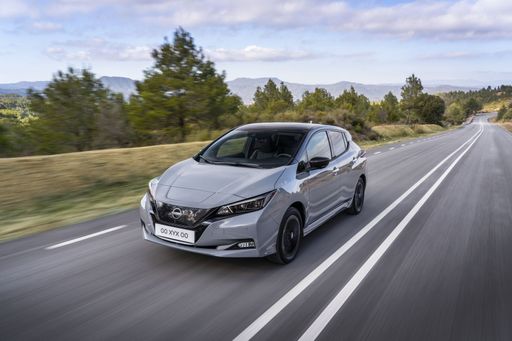 @ Nissan Motor Corporation
@ Nissan Motor Corporation
Nissan Leaf
Costs and Consumption
View detailed analysis
Engine and Performance
View detailed analysis
Dimensions and Body
View detailed analysis
Nissan Leaf
The Nissan Leaf is a practical, easygoing electric hatch that turns daily commutes into a quiet, effortless affair while offering more cabin space than it lets on. It’s a sensible, wallet-friendly step into electrification for buyers who value comfort and simplicity over sporty drama, though those chasing long-distance thrills might look elsewhere.
details @ Nissan Motor Corporation
@ Nissan Motor Corporation
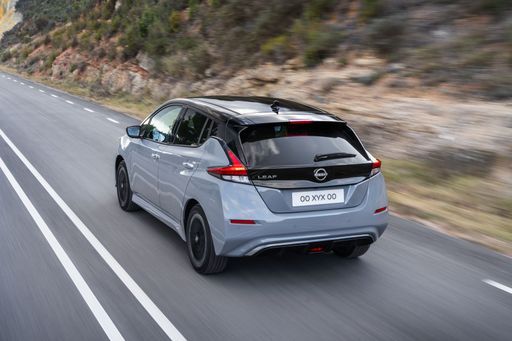 @ Nissan Motor Corporation
@ Nissan Motor Corporation
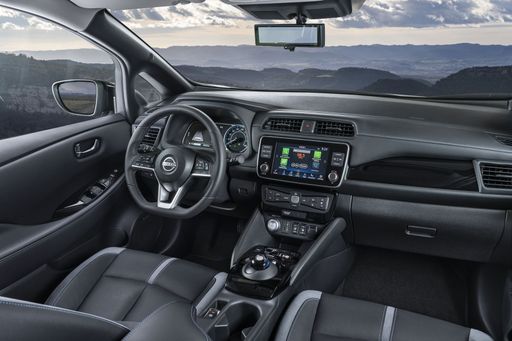 @ Nissan Motor Corporation
@ Nissan Motor Corporation
 @ Nissan Motor Corporation
@ Nissan Motor Corporation
Toyota Prius
The Prius glides through traffic like a wise commuter's secret weapon, balancing miserly running costs with an unflappable sense of reliability. It's not a thrill seeker, but its roomy cabin, sensible packaging and low-stress driving personality make it a brilliant choice for buyers who value peace of mind over pulse-raising performance.
details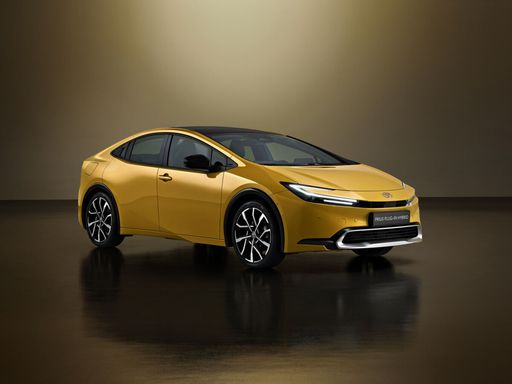 @ Toyota Motor Corporation
@ Toyota Motor Corporation
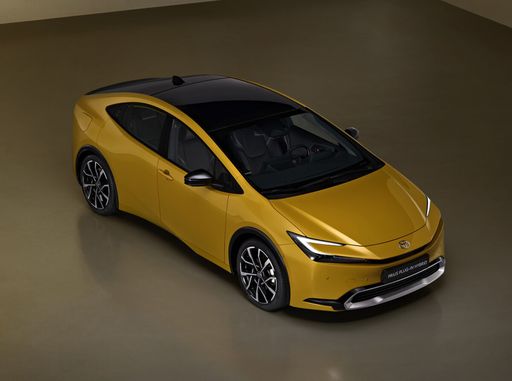 @ Toyota Motor Corporation
@ Toyota Motor Corporation
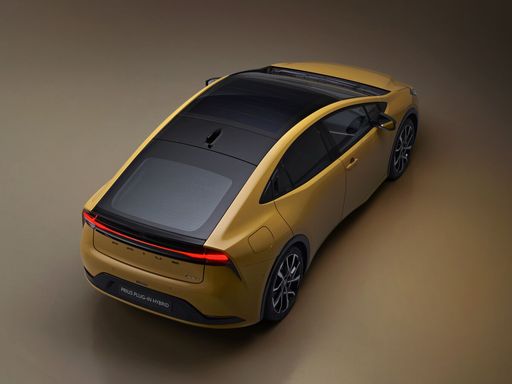 @ Toyota Motor Corporation
@ Toyota Motor Corporation
 @ Toyota Motor Corporation
@ Toyota Motor Corporation
 @ Nissan Motor Corporation
@ Nissan Motor Corporation
|
 @ Toyota Motor Corporation
@ Toyota Motor Corporation
|
|
|
|
Costs and Consumption |
|
|---|---|
|
Price
30800 - 37200 £
|
Price
39400 - 45800 £
|
|
Consumption L/100km
-
|
Consumption L/100km
0.5 - 0.7 L
|
|
Consumption kWh/100km
16.7 - 17.8 kWh
|
Consumption kWh/100km
-
|
|
Electric Range
270 - 385 km
|
Electric Range
72 - 86 km
|
|
Battery Capacity
39 - 59 kWh
|
Battery Capacity
-
|
|
co2
0 g/km
|
co2
12 - 17 g/km
|
|
Fuel tank capacity
-
|
Fuel tank capacity
40 L
|
Dimensions and Body |
|
|---|---|
|
Body Type
Hatchback
|
Body Type
Hatchback
|
|
Seats
5
|
Seats
5
|
|
Doors
5
|
Doors
5
|
|
Curb weight
1580 - 1756 kg
|
Curb weight
1620 - 1630 kg
|
|
Trunk capacity
385 - 394 L
|
Trunk capacity
284 L
|
|
Length
4490 mm
|
Length
4599 mm
|
|
Width
1788 mm
|
Width
1782 mm
|
|
Height
1540 - 1545 mm
|
Height
1470 mm
|
|
Max trunk capacity
790 L
|
Max trunk capacity
-
|
|
Payload
384 - 415 kg
|
Payload
365 - 375 kg
|
Engine and Performance |
|
|---|---|
|
Engine Type
Electric
|
Engine Type
Plugin Hybrid
|
|
Transmission
Automatic
|
Transmission
Automatic
|
|
Transmission Detail
Reduction Gearbox
|
Transmission Detail
CVT
|
|
Drive Type
Front-Wheel Drive
|
Drive Type
Front-Wheel Drive
|
|
Power HP
150 - 217 HP
|
Power HP
223 HP
|
|
Acceleration 0-100km/h
6.9 - 7.9 s
|
Acceleration 0-100km/h
6.80 s
|
|
Max Speed
144 - 157 km/h
|
Max Speed
177 km/h
|
|
Torque
320 - 340 Nm
|
Torque
-
|
|
Number of Cylinders
-
|
Number of Cylinders
4
|
|
Power kW
110 - 160 kW
|
Power kW
164 kW
|
|
Engine capacity
-
|
Engine capacity
1998 cm3
|
General |
|
|---|---|
|
Model Year
2019
|
Model Year
2023
|
|
CO2 Efficiency Class
A
|
CO2 Efficiency Class
B
|
|
Brand
Nissan
|
Brand
Toyota
|
What drivetrain options does the Nissan Leaf have?
Available configurations include Front-Wheel Drive.
The prices and data displayed are estimates based on German list prices and may vary by country. This information is not legally binding.
